Giant puffer fish - Tetraodon mbu
Scientific name: Tetraodon mbu
Common name: Giant puffer fish
Family: Tetraodontidae
Usual size in fish tanks: 60 - 73 cm (23.62 - 28.74 inch)
014
Recommended pH range: 6.6 - 7.3
Recommended water hardness: 8 - 12°N (142.86 - 214.29ppm)
0°C 32°F30°C 86°F
Recommended temperature range: 24 - 27 °C (75.2 - 80.6°F)
The way how these fish reproduce: Spawning
Where the species comes from: Africa
Temperament to its own species: aggressive/territorial
Temperament toward other fish species: aggressive/territorial
Usual place in the tank: Middle levels
Origin
Tetraodon mbu, commonly known as the Giant Pufferfish or Mbu Puffer, originates from Central Africa. It inhabits large freshwater rivers and lakes including the Congo River basin, Lake Tanganyika, and waterways in countries such as the Republic of Congo, Democratic Republic of Congo, Tanzania, and Cameroon.
Short Description
The Mbu Puffer is one of the largest freshwater pufferfish in the aquarium trade, capable of reaching up to 30 inches (76 cm) in the wild, although specimens in captivity more commonly grow to about 24–28 inches (61–71 cm). They have a unique ability to inflate their bodies by swallowing water or air when threatened. They can also blink thanks to their functioning eyelids—a rare trait among fish species. Their bodies display beautiful brown labyrinth-like markings over a yellow or ivory base.
Despite their appearance, Giant Puffers are highly territorial and aggressive. They possess a powerful beak formed by fused teeth used to crush hard-shelled prey. Like all pufferfish, they produce tetrodotoxin—a potent neurotoxin—so they should be handled with care. Their large size and demanding requirements make them more suitable for public aquariums or highly experienced hobbyists with ample space.
Lifespan
If provided with optimal care, the Mbu Puffer can live up to 10 years or longer in captivity.
General Care
Due to their massive adult size, these puffers require a tank of at least 240 cm (8 feet) in length and 90 cm (3 feet) in width. Juveniles are often sold in pet stores, but they quickly outgrow smaller tanks. A sand substrate is ideal, and while rocks and driftwood can be used for decoration, be sure to leave plenty of open swimming space. Live plants may be added, but they risk being nibbled or uprooted.
Maintain water parameters within a temperature range of 24–27 °C (75–81 °F), pH between 6.6–7.3, and dGH between 8–12°N (143–214 ppm). Provide strong filtration to handle the significant bio-load, and perform weekly water changes of at least 10%. Due to their aggressive nature, they are best housed alone.
Feeding
The Mbu Puffer has a voracious appetite and must be fed a varied, protein-rich diet. Their beak grows continuously, so shell-on food is essential to prevent overgrowth. Ideal food items include:
- Hard-shelled snails and mollusks
- Crabs, crayfish, and crab legs
- Chopped earthworms
- Prawns (shell-on when possible)
Remove any uneaten food promptly to maintain high water quality.
Sexing
There are no visually distinct differences between males and females.
Breeding
There are no verified reports of Tetraodon mbu breeding successfully in captivity, largely due to their large size and space requirements. In the wild, males are known to construct circular pits in the sand where they court females for spawning. After the eggs are deposited and fertilized, the female leaves and the male performs all parental care.
Pictures
Bought by aqua-fish.net from jjphoto.dk.
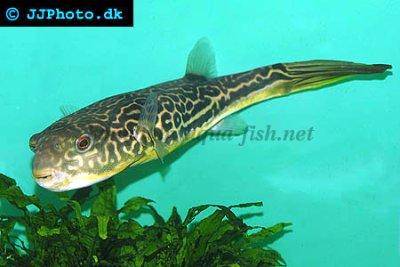



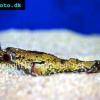 Red
Red 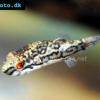 Striped
Striped 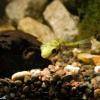 Malabar
Malabar 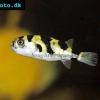 Amazon
Amazon 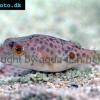 Red-spot
Red-spot 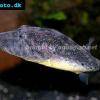 Bailey’s
Bailey’s 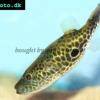 Thai
Thai 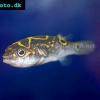 Figure
Figure 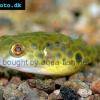 Fang’s
Fang’s 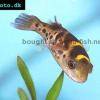 Green
Green  Coral
Coral 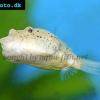 Congo
Congo 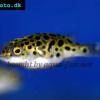 Green
Green 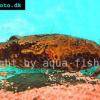 Humpback
Humpback  Mekong
Mekong 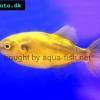 Bronze
Bronze